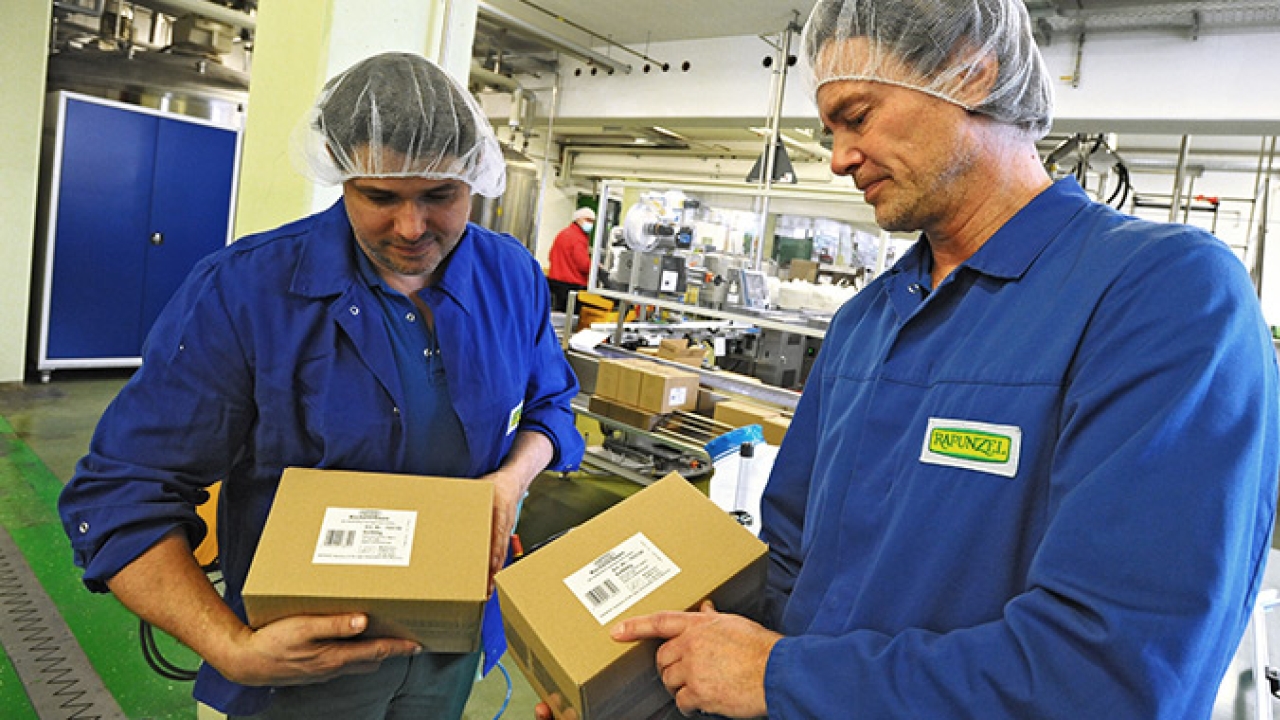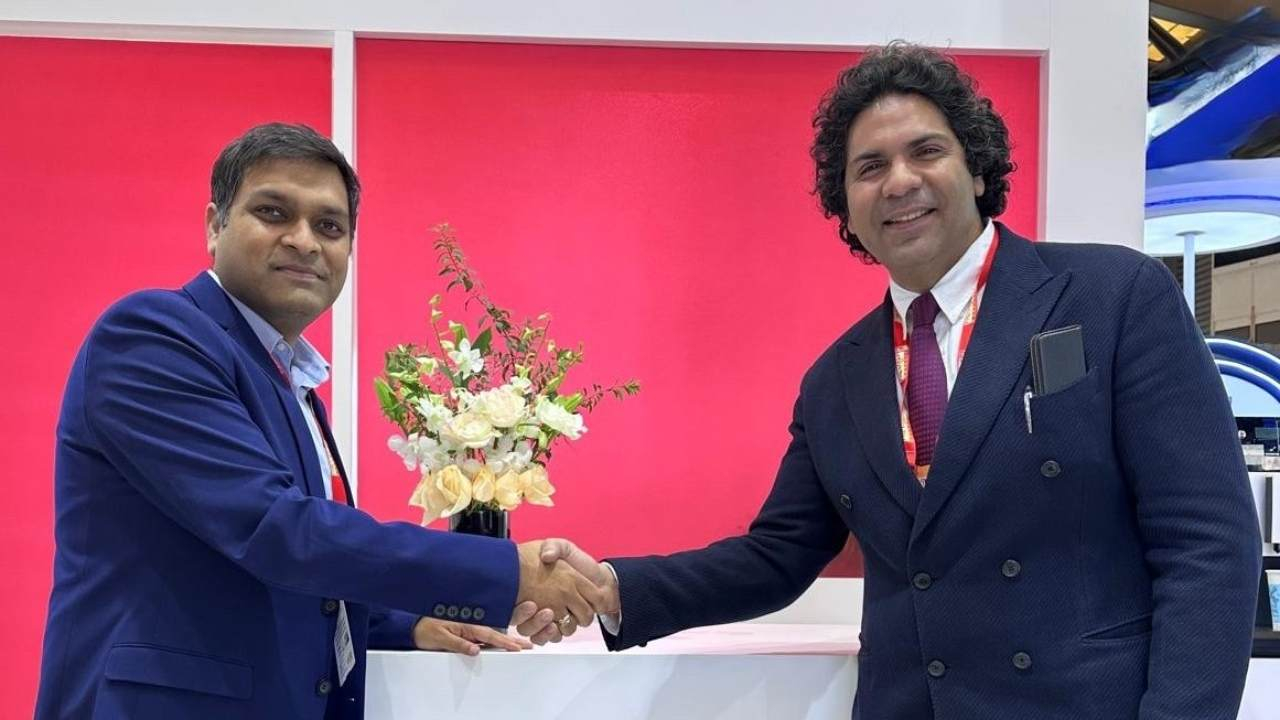Rapunzel invests in Herma InNo-Liner system
Germany-based Rapunzel Naturkost, one of Europe’s leading organic food producers, has incorporated Herma’s InNo-Liner system to apply the secondary packaging label that plays a crucial role in its logistics chain.

Rapunzel, a family-owned company founded nearly 50 years ago, employs more than 400 people and offers around 550 products distributed to 32 countries. The brand produces and packs around half of the production at its headquarters in Legau in southern Germany.
The company’s fastest packaging line now incorporates a Herma InNo-Liner labeling system, offering innovative features and USP of dispensing with conventional siliconized liner paper.
‘Some 2,000 to 3,000 labels per shift are applied to secondary packaging for our chickpeas alone, so it’s easy to gage the scale of potential savings,’ said Alexander Karts, head of production at Rapunzel. ‘The first trial system has already eliminated approximately 355 kg of waste a year. Although we’ve always taken the utmost care when managing this waste, it’s obvious that dispensing with it altogether is a better option.’
The Herma InNo-Liner labeling system satisfies the high cycle speeds of Rapunzel and other demands of the modern packaging business, such as distribution and logistics applications in which the direct printing of variable case qualities is ruled out because a satisfactory imprint cannot be assured. All codes must be clearly and immediately legible in the downstream logistics chain.
The system is based on a unique adhesive variant and a micro-atomizer developed specifically for this material. It is activated when the label is dispensed by precise jets of atomized water. This allows the label material, which is only sticky when wet, to be wound on rolls as normal.
‘Another benefit of the system is that the variable data is printed on the label only as it is dispensed. Mix-ups and the incorrect application of labels that have already been printed are ruled out both at the start of a run and in case of interruptions because no labels are waiting in line or bottlenecks – which massively improves process reliability,’ added Karts.
And in the absence of a liner, each roll can accommodate more labels. Therefore, handling, warehousing, and shipping costs are reduced alongside the savings achieved through the lack of waste disposal.
‘As far as the application is concerned, the InNo-Liner technology also makes better business sense than a standard self-adhesive label,’ commented Karst. ‘From an operational and functional perspective, the efficient labeling process, the clear imprint, and the reliable adhesion are critical.
Stay up to date
Subscribe to the free Label News newsletter and receive the latest content every week. We'll never share your email address.

